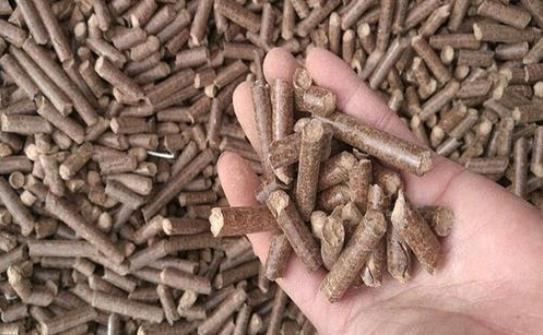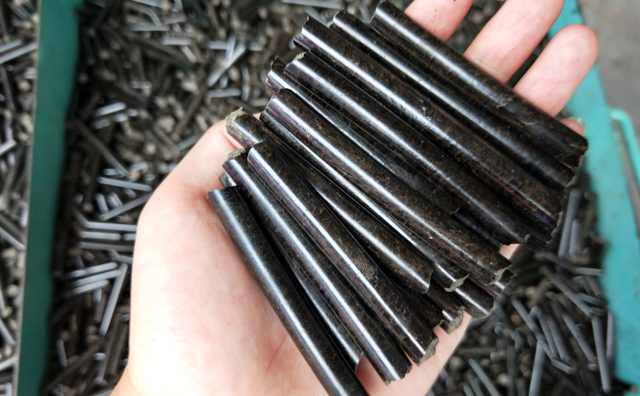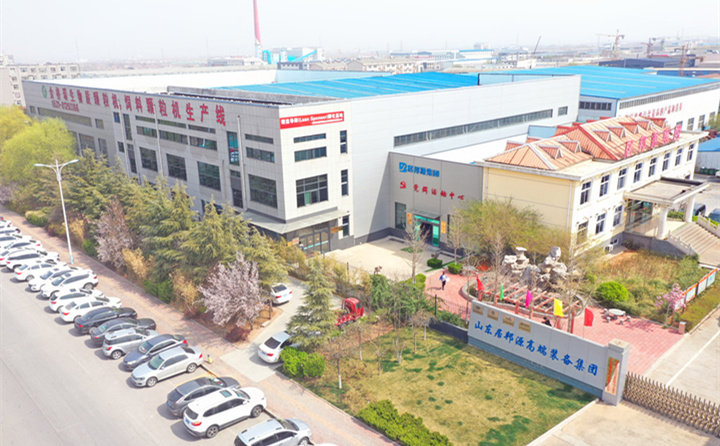Whether you are purchasing or selling biomass pellet fuel, it is worth keeping a biomass pellet calorific value table.
The calorific value table of biomass pellets is given to everyone, and you no longer have to worry about buying biomass pellets with low calorific value.
Why are they all granules? Use 1 pack a day from this company and 1.5 pack a day from that company. Why is the amount of granules increasing? Take a look at this biomass pellet calorific value table to show you the reality of biomass pellet machines. The calorific value of corn stalk pellet fuel, cotton stalk pellet fuel, pine wood pellet fuel, peanut shell fuel, miscellaneous wood pellet, etc.
The calorific value of several biomass under natural air-drying
The high calorific value of corn stalk is 16.90MJ/kg, which is 4039 kcal/kg when converted into kcal, and the low calorific value is 15.54MJ/kg, which is 3714 kcal/kg when converted into kcal.
The high calorific value of sorghum straw is 16.37MJ/kg, which is 3912 kcal/kg when converted into kcal, and the low calorific value is 15.07MJ/kg, which is 3601 kcal/kg when converted into kcal.
The high calorific value of cotton straw is 17.37MJ/kg, which is 4151 kcal/kg when converted into kcal, and the low calorific value is 15.99MJ/kg, which is 3821 kcal/kg when converted into kcal.
The high calorific value of soybean straw is 17.59MJ/kg, which is 4204 kcal/kg when converted into kcal, and the low calorific value is 16.15MJ/kg, which is 3859 kcal/kg when converted into kcal.
The high calorific value of wheat straw is 16.67MJ/kg, which is 3984 kcal/kg when converted into kcal, and the low calorific value is 15.36MJ/kg, which is 3671 kcal/kg when converted into kcal.
The high calorific value of straw straw is 15.24MJ/kg, which is 3642 kcal/kg when converted into kcal, and the low calorific value is 13.97MJ/kg, which is 3338 kcal/kg when converted into kcal.
The high calorific value of rice husk is 15.67MJ/kg, which is 3745 kcal/kg when converted into kcal, and the low calorific value is 14.36MJ/kg, which is 3432 kcal/kg when converted into kcal.
The high calorific value of cereal straw is 16.31MJ/kg, which is 3898 kcal/kg when converted into kcal, and the low calorific value is 15.01MJ/kg, which is 3587 kcal/kg when converted into kcal.
The high calorific value of weed straw is 16.26MJ/kg, which is 3886 kcal/kg when converted into kcal, and the low calorific value is 14.94MJ/kg, which is 3570 kcal/kg when converted into kcal.
The high calorific value of leaves is 16.28MJ/kg, which is 3890 kcal/kg when converted into kcal, and the low calorific value is 14.84MJ/kg, which is 3546 kcal/kg when converted into kcal.
The high calorific value of cow dung is 12.84MJ/kg, which is 3068 kcal/kg when converted into kcal, and the low calorific value is 11.62MJ/kg, which is 2777 kcal/kg when converted into kcal.
The high calorific value of willow branches is 16.32MJ/kg, which is 3900 kcal/kg when converted into kcal, and the low calorific value is 15.13MJ/kg, which is 3616 kcal/kg when converted into kcal.
The high calorific value of poplar branches is 14.37MJ/kg, which is 3434 kcal/kg when converted into kcal, and the low calorific value is 13.99MJ/kg, which is 3343 kcal/kg when converted into kcal.
The high calorific value of peanut shell is 16.73MJ/kg, which is 3999 kcal/kg when converted into kcal, and the low calorific value is 14.89MJ/kg, which is 3560 kcal/kg when converted into kcal.
The high calorific value of pine is 18.37MJ/kg, which is 4390 kcal/kg when converted into kcal, and the low calorific value is 17.07MJ/kg, which is 4079 kcal/kg when converted into kcal.
The above is the calorific value statistics table of common biomass raw materials that we have compiled. Whether you are purchasing or selling biomass fuel, it is worth collecting the biomass pellet calorific value table.
In the actual production of biomass pellets, the purity, ash content, moisture, etc. of the raw materials will also affect the calorific value of the biomass pellet fuel. According to the calorific value of the raw material, we can know the calorific value of the biomass pellet fuel we use. The truth is, you can’t blindly listen to the quotations of biomass pellet fuel manufacturers.
What is the original calorific value of various agricultural and forestry wastes, and whether it can be processed into biomass fuels to replace coal, so you don’t have to suffer from dumb losses anymore. Have you solved your doubts after reading this article today? We, Kingoro, specialize in the production and sales of straw pellet machines, wood pellet machines, biomass pellet machines and other production line equipment. Welcome friends to visit and consult.
Post time: Apr-25-2022







